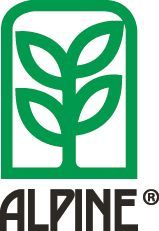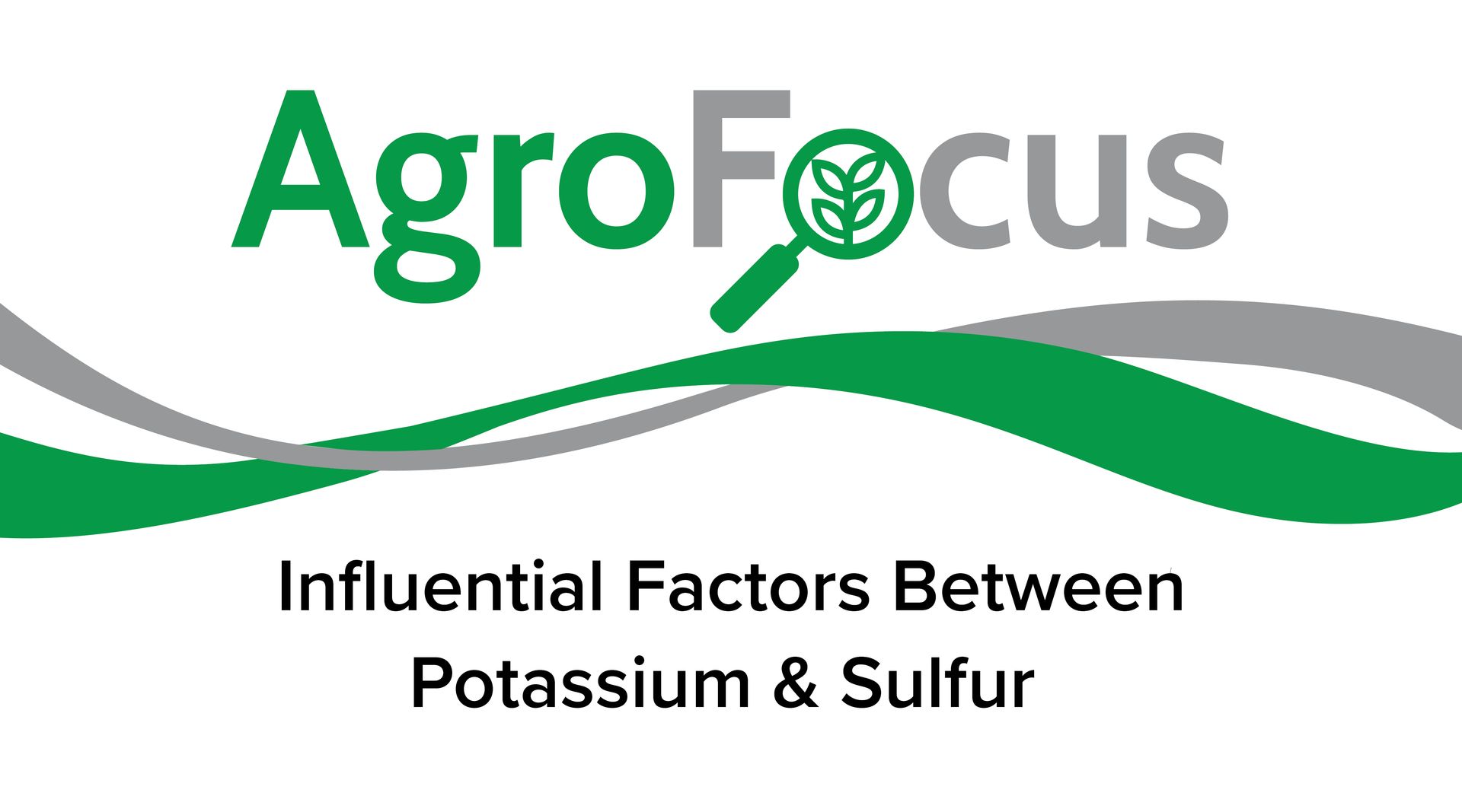Bacteria or Bust
So what is the big deal with bacteria? Bacteria is a natural part of crop production because we take advantage of the symbiotic relationship of existing bacteria in the soil and the crop we grow in the soil. Many millions of strains already reside in our soils, some good, some bad. The idea of of applying more bacteria to our crop is to identify the good the bacteria, produce it into a concentrated product and reapply it to our crop. In doing this you’ll take advantage of crop yield, crop health and crop growth that these bacteria promote. Different types of bacteria have different roles. Some focus on plant health by increasing the crops natural ability to defend itself in biotic and abiotic stresses. Other types of beneficial bacteria help increase nutrient availability in the soil. This allows for increase in available nutrients to the growing corp. With that being said we need to focus on getting the correct form of bacteria at the highest concentration that we can. However, buyer beware, there are a tremendous amount of products in the market that claim such benefits and only contain extremely small amounts of bacteria. These products offer very little, if any, bacteria for our crops. This is why we need to request labels, read them and know what you are purchasing. NACHURS Rhyzo-Link fertilizer encompasses the best of both worlds by offering new Bio-K fertilizer technology and the best source of PGPR’s (plant growth promoting rhyzobacteria) with the highest concentration on the market. NACHURS Rhyzo-Link has everything you need in a seed applied starter, with an 18-month shelf life and a high quality fertilizer solution. For questions reach out to your NACHURS representative.
So what is the big deal with bacteria? Bacteria is a natural part of crop production because we take advantage of the symbiotic relationship of existing bacteria in the soil and the crop we grow in the soil. Many millions of strains already reside in our soils, some good, some bad. The idea of of applying more bacteria to our crop is to identify the good the bacteria, produce it into a concentrated product and reapply it to our crop. In doing this you’ll take advantage of crop yield, crop health and crop growth that these bacteria promote. Different types of bacteria have different roles. Some focus on plant health by increasing the crops natural ability to defend itself in biotic and abiotic stresses. Other types of beneficial bacteria help increase nutrient availability in the soil. This allows for increase in available nutrients to the growing corp.
With that being said we need to focus on getting the correct form of bacteria at the highest concentration that we can. However, buyer beware, there are a tremendous amount of products in the market that claim such benefits and only contain extremely small amounts of bacteria. These products offer very little, if any, bacteria for our crops. This is why we need to request labels, read them and know what you are purchasing.
NACHURS Rhyzo-Link fertilizer encompasses the best of both worlds by offering new Bio-K fertilizer technology and the best source of PGPR’s (plant growth promoting rhyzobacteria) with the highest concentration on the market. NACHURS Rhyzo-Link has everything you need in a seed applied starter, with an 18-month shelf life and a high quality fertilizer solution. For questions reach out to your NACHURS representative.










